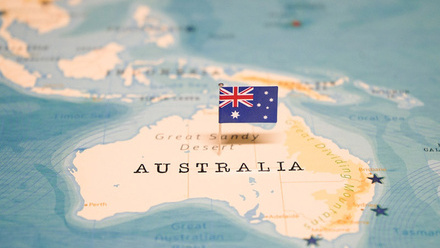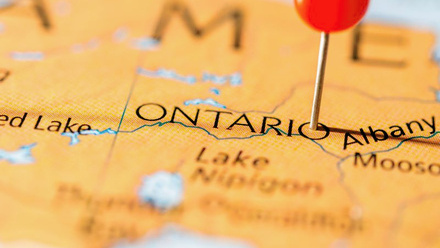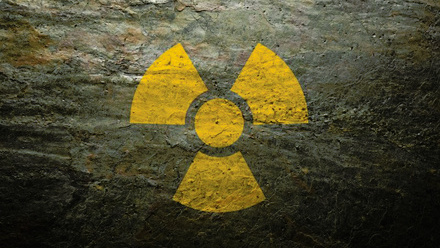Canadian Government updates Critical Minerals List
The government also announces CAD$10mln to support critical minerals mining in Northern Ontario.

Canada's Critical Minerals List has been reviewed and updated following substantial consultations.
The updated list retains all 31 minerals from the 2021 list and an additional three minerals, namely high-purity iron, phosphorous and silicon metal, for a total of 34 critical minerals.
Silicon metal is essential to the manufacture of chips and semiconductors. High-purity iron ore is essential to green steel and integral to decarbonisation. Phosphorus combined with potash is essential for food security through the production of fertilisers. Phosphorus can also be used in lithium iron phosphate batteries, another strategic opportunity in the electric vehicle value chain.
At the same time, Jonathan Wilkinson, Minister of Energy and Natural Resources, announced two investments of CAD$5mln each to the Mining Innovation Rehabilitation and Applied Research Corp (MIRARCO) and Electra Battery Materials Corporation (Electra) to support the critical minerals sector in Canada, and in Northern Ontario specifically.
Funding to MIRARCO aims to advance recovery of battery metals like nickel, cobalt and copper from mine tailings from the Vale and Glencore mines in the Greater Sudbury area, while reducing the long-term social and environmental costs associated with mine waste.
Through this project, MIRARCO will directly feed into the battery supply chain, potentially unlocking significant amounts of nickel and cobalt in Sudbury, Ontario.
Funding to Electra will be used to advance the next phase of its battery materials recycling project. Electra is constructing North America’s only battery-grade cobalt refinery, five hours north of Toronto, as part of a multiphase effort to build the North American supply chain for battery materials.
Canada’s Critical Minerals Strategy is part of Canada’s climate plan, 2030 Emissions Reduction Plan: Clean Air, Strong Economy, which advances Canada’s goals of reducing greenhouse gas emissions by 40-45% below 2005 levels by 2030, and reaching net-zero emissions by 2050.









